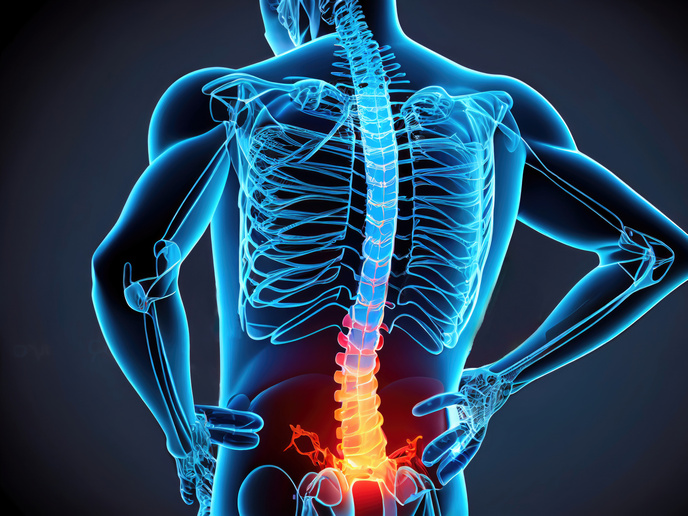Modelling non-linear random processes
Computational neuroscience is distinguished from machine learning in that it employs biologically realistic neurons and nervous system networks, including the spatiotemporal dynamics of network connectivity. Such consideration requires mathematical models of highly non-linear stochastic (random) systems. Neural network modelling is therefore an excellent case study for the development of both signal processing tools and neuroscience knowledge. Scientists modelled complex neural networks of interacting stochastic non-linear systems with EU funding of the project COCONET. The main focus was on the role of network topology and connectivity/directionality in information processing. These themes were addressed thorough research exploiting statistics, kernel methods, information theory and models of biological neurons. Among the numerous results, the team showed that background neural activity (synaptic noise) can actually facilitate spatiotemporal coding of connection strength with a very small time lag. The team also made major progress in developing much-needed representations of multivariate processes (multiple variables recording the same event) that are well-represented by fractals (useful in modelling partly random phenomena). Although many fractal-based models exist for single-variable systems, multivariate ones were lacking. They are necessary to represent, for example, simultaneous recordings of brain activity by numerous sensors or electrodes covering the scalp. The team also studied instantaneous signal coupling and cases where two signals appear to be coupled but actually are not. A special model of coherence provided insight into brain communication during sleep states. An original mathematical approach for studying connectivity in networks has been presented to a broader audience at an international conference on signal processing. Finally, a toolbox of procedures for studying network connectivity incorporates all the above. It is freely available in both Python and Matlab code through the GIPSA-lab website(opens in new window). COCONET scientists developed and applied advanced mathematical models of non-linear stochastic systems to studies of brain interconnectivity and signal processing. The methods developed are equally applicable to other systems and fields, including economics and currency exchange rates. The models have provided insight into the nature of signal representation in the brain, and could find use in brain-computer interfaces, prosthetics and even epilepsy treatment.







